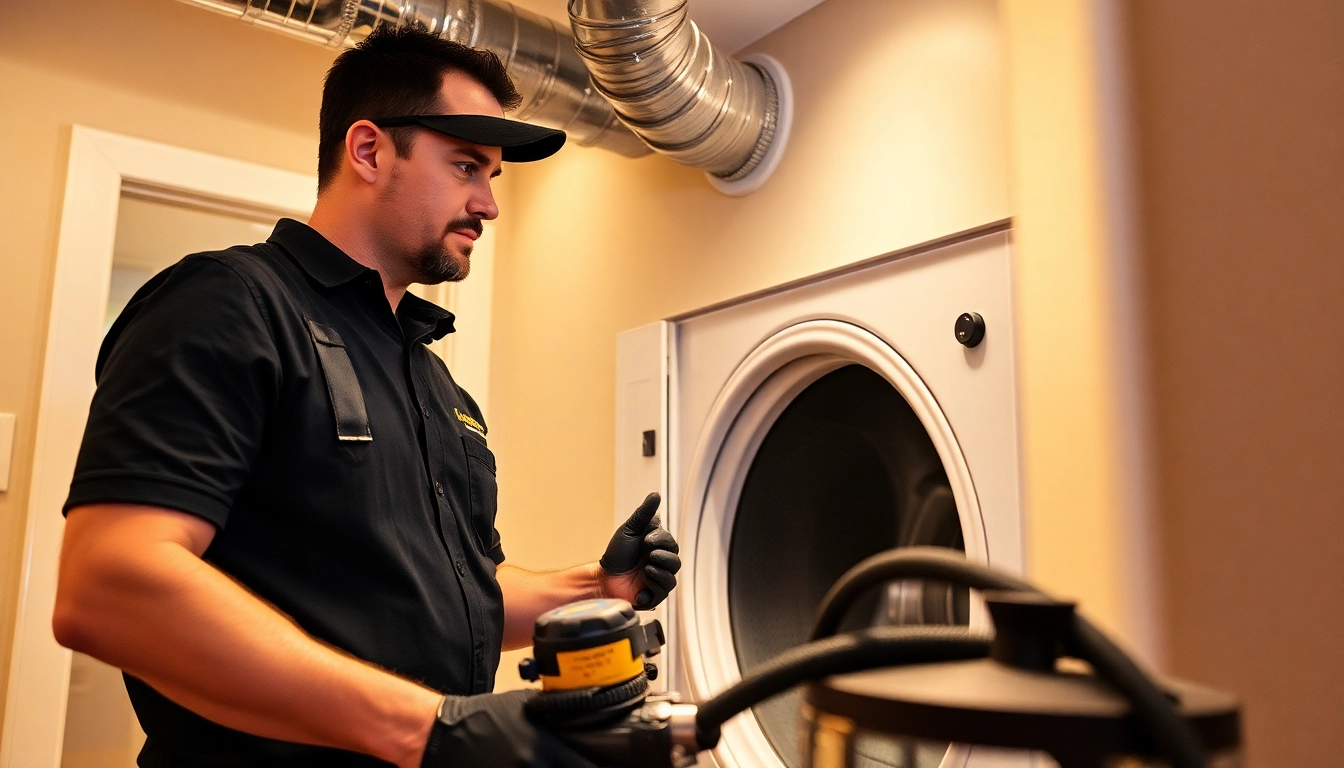Understanding Wholesale Real Estate Cold Calling
Wholesale real estate cold calling can be a powerful strategy for those looking to break into the property investing market, enabling investors to find motivated sellers who need to sell their properties quickly and often at a discount. It involves calling leads who have not been contacted before and offering them an opportunity to sell their homes. This definitive guide will explore the key components and strategies behind effective cold calling in the realm of wholesale real estate, focusing on how wholesale real estate cold callers can optimize their methods to maximize leads and convert prospects into deals.
What is Wholesale Real Estate?
Wholesale real estate refers to a strategy wherein an investor, known as a wholesaler, contracts a property with a seller and then finds an interested buyer, all without possessing the property. The wholesaler aims to negotiate the purchase at a price significantly lower than the property’s market value. This difference is the wholesaler’s profit margin. Essentially, wholesale real estate relies on the wholesaler’s ability to locate and negotiate deals that can be quickly assigned to buyers who are willing to pay more than the wholesaler’s contracted price.
The Importance of Cold Calling in Wholesaling
Cold calling is a crucial aspect of wholesale real estate for numerous reasons:
- Direct Contact: It allows direct communication with sellers, fostering relationships that can lead to quick sales.
- Motivation Assessment: Through cold calls, wholesalers can assess a seller’s motivation, helping them identify leads likely to convert.
- Market Insights: Engaging with potential sellers provides valuable insights about the market and property conditions, informing the wholesaler’s strategies.
Common Misconceptions About Cold Calling
Many people have misconceptions about cold calling, often viewing it as a practice that is outdated or ineffective. Here are some clarifications:
- Cold Calling is Invasive: While some consider cold calling intrusive, it can actually be highly effective in real estate when done respectfully and with a well-prepared pitch.
- All Cold Calls Are Futile: Numerous successful wholesalers attribute a considerable portion of their deals to diligent cold calling combined with effective scripts and follow-ups.
- It’s Only for Newer Investors: While great for newcomers, seasoned investors also use cold calling as a means to expand their networks and uncover hidden opportunities.
Building Your Cold Calling Strategy
Identifying Your Target Market
The bedrock of any effective cold calling strategy is knowing your target audience. This includes identifying property types, geographical areas, and demographics of potential sellers:
- Property Types: Focus on specific types of properties, such as single-family homes, distressed properties, or multi-family units that appeal to your investor buyers.
- Geographical Areas: Narrow down your focus geographically to specific neighborhoods or cities that you know or where you see flipping opportunities.
- Demographics: Understanding the demographics of your target sellers can help you tailor your messaging to their unique needs and pain points.
Crafting a Compelling Cold Calling Script
A well-structured cold calling script can make all the difference in your success rate. Here are crucial components to include:
- Introduction: Start with a friendly and professional introduction that includes your name and purpose for calling.
- Building Rapport: Ask open-ended questions about the property or seller’s situation to create a connection and establish trust.
- Value Proposition: Clearly explain how you can help the seller—whether that’s quickly selling their home or relieving their stress involving the property.
- Engagement: Encourage dialogue rather than monologue by asking direct questions about their motivation and circumstances.
- Closing Statements: Propose a next step, whether that’s scheduling a follow-up call or setting up a face-to-face meeting.
Timing Your Calls for Maximum Impact
Research shows that timing can significantly affect the success rate of cold calls. Ideal calling times can vary based on multiple factors including region and trends but generally include:
- Late Mornings: Between 10 a.m. and 12 p.m., right before lunch, is often an effective window.
- Late Afternoons: Between 4 p.m. and 6 p.m. typically captures people before finishing their workday.
- Middle of the Week: Tuesdays to Thursdays tend to be the best days for cold calling; Mondays are usually busy catching up on tasks from the weekend, and Fridays can be unproductive as many prepare for the weekend.
Avoiding Common Cold Calling Mistakes
Top Pitfalls to Watch Out For
Even the most experienced cold callers can slip into common mistakes that hinder their success:
- Script Overreliance: While scripts are essential, reading them verbatim can sound robotic. Make sure to sound genuine and conversational.
- Neglecting Follow-ups: Failing to follow up can lead to missed opportunities. Always schedule future interactions.
- Not Listening: Listening is just as important as talking. Pay attention to what prospects say to better tailor your responses.
- Too Much Talking: Avoid monopolizing the conversation. Let the seller talk and express their needs.
How to Handle Rejection Gracefully
Facing rejection is a fundamental risk of cold calling. Rather than deterring you, effective rejection management can enhance your prospects. Consider these strategies:
- Stay Positive: Understand that rejection is a natural part of the sales process and isn’t a reflection of your abilities.
- Learn from Feedback: If a prospect provides feedback, use it to improve your approach in future calls.
- Move On Quickly: After a rejection, maintain a positive attitude and quickly pivot to the next call, maintaining momentum.
When to Stop Calling
Knowing when to stop pursuing a lead is equally important. Signs that indicate it’s time to stop include:
- No Engagement: If repeated calls lead to no response or engagement, it’s prudent to take the hint and move on.
- Explicit Requests to Stop: Always respect people’s wishes and remove them from your call list if they ask you to do so.
- Response Patterns: If a particular demographic consistently shows no interest or engagement, it may be wise to adjust your targeting.
Leveraging Technology for Better Cold Calling
CRM Tools for Real Estate Wholesalers
Implementing a Customer Relationship Management (CRM) system is crucial for managing interactions with leads. Key functionalities should include:
- Lead Tracking: Monitor which leads have been contacted, their responses, and notes from conversations.
- Follow-up Reminders: Set automated reminders for follow-ups to ensure no lead is neglected and every opportunity is explored.
- Data Analytics: Utilize analytics features to assess the performance of your cold calls and gauge effectiveness over time.
Automating Your Cold Calling Systems
Automation can streamline the cold calling process significantly, particularly through:
- Auto-Dialers: These tools can automatically dial numbers, freeing you to focus on the conversation rather than manual dialing.
- Email Follow-ups: Implement automated follow-up emails to nurture leads after an initial call.
- Text Message Reminders: Sending text reminders to prospects after calls can increase engagement and add a personal touch.
Analyzing Performance Metrics
Monitoring performance metrics is vital for improving cold calling strategies. Focus on key metrics like:
- Call Success Rate: Track the proportion of successful conversations to total calls made.
- Conversion Rate: Measure how many calls lead to actual deals or meetings.
- Follow-up Effectiveness: Analyze the response rate and outcomes from call follow-up attempts.
Success Stories and Real-Life Examples
Case Studies of Successful Cold Callers
Examining real-world examples can provide valuable insight into effective strategies:
- Case Study 1: A wholesaler in Texas developed a tailored script focused on distressed properties, leading to a 30% higher success rate compared to their previous methods.
- Case Study 2: An East Coast firm used CRM tools to categorize leads, resulting in quicker follow-up times and a doubling of conversions from cold calls.
Lessons Learned from the Field
Lessons derived from seasoned wholesalers reveal the importance of adaptability and resilience in cold calling:
- Adaptability: Those who adapt their strategies based on lead responses tend to thrive more.
- Persistence: Consistency is key; successful wholesalers often maintain a disciplined approach to calling.
- Continuous Learning: Many successful agents invest time in learning new techniques and strategies, ensuring relevance in an ever-evolving market.
How to Implement New Strategies Based on Feedback
Constructive feedback is an asset for improvement. Here’s how to implement new strategies based on feedback:
- Feedback Collection: Regularly solicit feedback from leads—both positive and negative—to identify areas for improvement.
- Testing New Approaches: Trial and error can be effective; experiment with different scripts and strategies based on feedback and market changes.
- Training and Development: Invest in training programs or workshops that refine existing skills and introduce new techniques.



